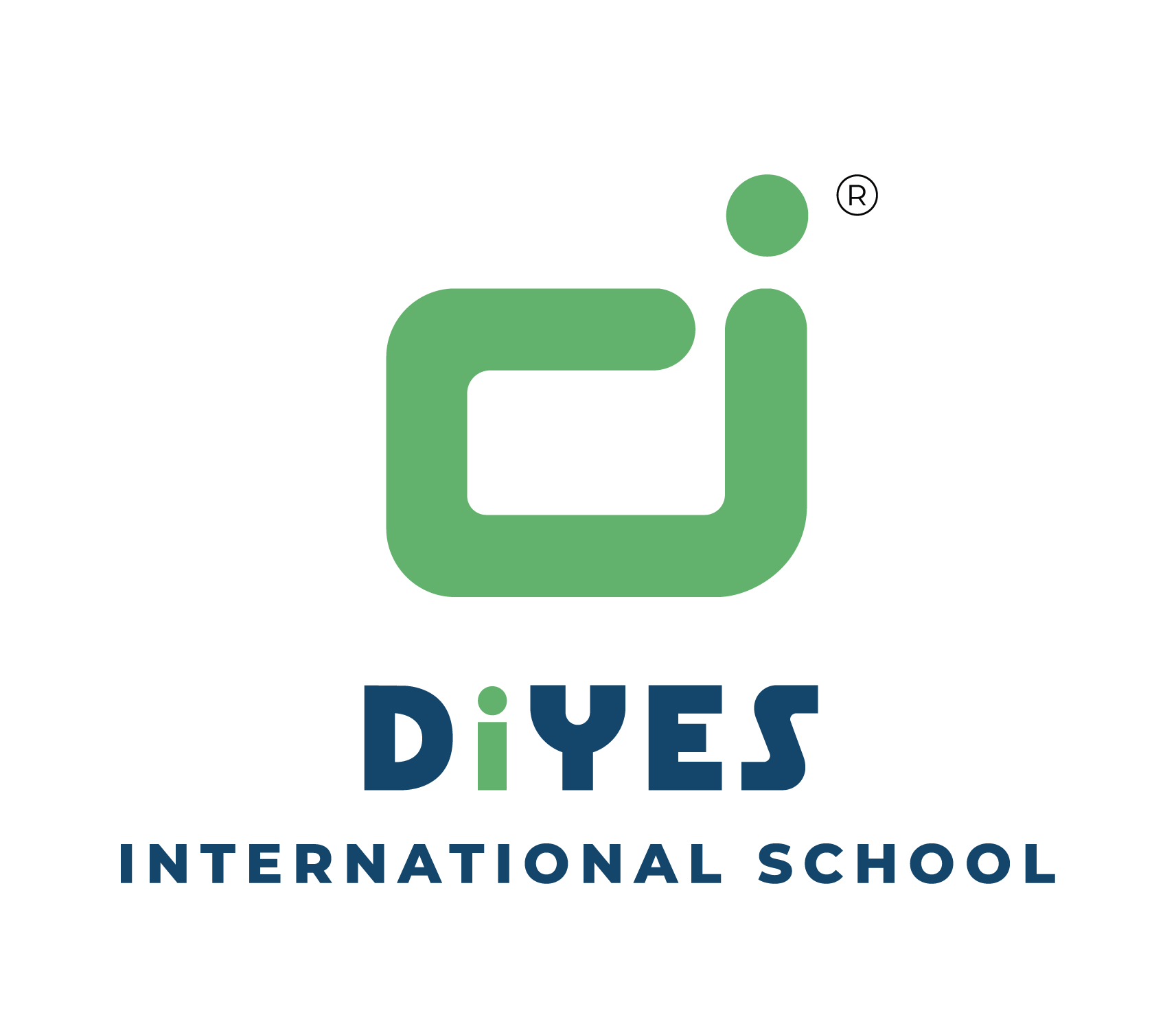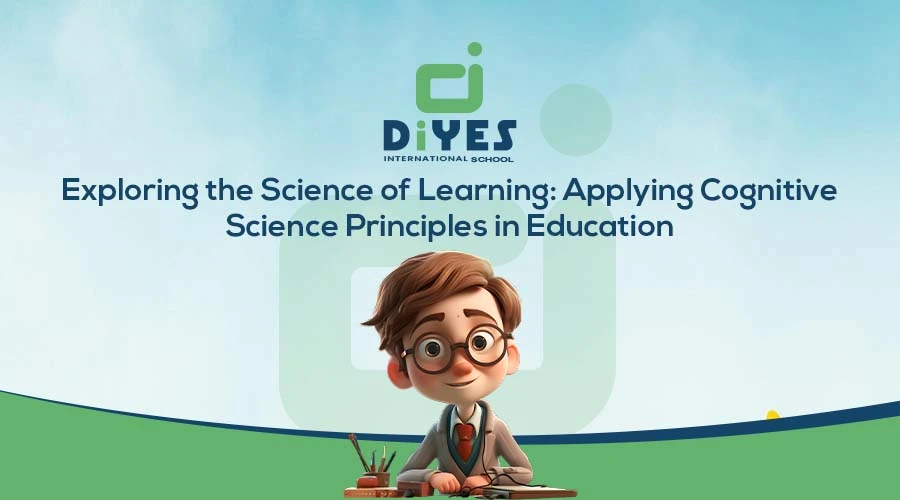Understanding how the human brain learns is essential for educators to design effective teaching strategies and optimize student learning outcomes. The concept of what is the science of learning delves into cognitive science, the interdisciplinary study of how the mind processes information, offering valuable insights into how learners acquire, retain, and apply knowledge. In this blog, we delve into the science of learning and explore how educators can apply cognitive science principles to enhance teaching practices and promote deeper learning experiences for students.

Cognitive science in education provides a scientific framework for understanding the complex processes underlying learning and memory. By integrating insights from psychology, neuroscience, linguistics, and computer science, educators can gain a deeper understanding of how students learn best. This blog examines key principles from the science of learning and their implications for education, offering practical strategies for incorporating these science of learning principles into teaching practices.
Understanding Memory and Retrieval
Memory is a fascinating cognitive process that plays a crucial role in learning and retaining information. It involves complex mechanisms of encoding, storage, and retrieval that shape our understanding of the world around us. By unravelling the mysteries of memory, educators can design instructional strategies that align with the way students naturally learn and remember information.
- Types of memory: In addition to sensory, short-term, and long-term memory, there are various subtypes such as procedural memory, episodic memory, and semantic memory, each serving unique functions in cognitive processing. Understanding these distinctions can help educators tailor their teaching methods to accommodate different memory systems.
- Memory encoding strategies: Elaborative rehearsal involves connecting new information with existing knowledge, while chunking involves grouping related pieces of information together to facilitate encoding. Mnemonic devices, such as acronyms or visual imagery, provide additional tools for enhancing memory encoding.
- Retrieval practice: Regular retrieval practice involves actively recalling information from memory, which strengthens memory retrieval pathways and promotes long-term retention. Implementing frequent low-stakes quizzes or flashcard exercises can help students reinforce their learning through retrieval practice.
- Spaced repetition: Spacing out study sessions over time, rather than cramming all at once, leverages the spacing effect to enhance memory retention. By revisiting material at intervals, students reinforce their memory traces, leading to more durable learning outcomes.
Understanding memory processes is vital for educators seeking to design effective learning experiences that promote deep understanding and long-term retention of knowledge. By applying strategies informed by cognitive science, educators can equip students with robust memory retrieval skills and empower them to become more effective learners.
Enhancing Attention and Engagement
Attention is the gateway to learning, as it determines what information is processed and retained by the brain. Creating an environment that sustains students’ attention and engagement is essential for facilitating effective learning experiences.
- Attentional control: Educators can enhance students’ attentional control by designing lessons that capture their interest and relevance. Incorporating novel stimuli, real-world examples, and interactive elements can help maintain students’ focus and motivation.
- Multimodal learning: Leveraging multimedia resources, such as videos, animations, and interactive simulations, can cater to diverse learning preferences and increase engagement. By presenting information in various formats, educators accommodate different learning styles and facilitate deeper understanding.
- Mindfulness practices: Teaching students mindfulness techniques, such as deep breathing exercises or mindfulness meditation, can help them develop focused attention and reduce distractions.

Integrating brief mindfulness breaks into the school day can enhance students’ ability to concentrate and regulate their emotions.
- Feedback and reinforcement: Providing timely and constructive feedback reinforces students’ attention and motivation during learning tasks. Positive reinforcement, such as praise or rewards, can encourage students to stay engaged and persist in challenging activities.
Attention and engagement are foundational elements of effective learning experiences. By implementing strategies to enhance attentional control and nurture student engagement, educators create dynamic classrooms where students are motivated to participate actively and learn deeply.
Leveraging Metacognition and Self-Regulated Learning
Metacognition involves thinking about one’s own thinking processes and understanding how to regulate them effectively. By nurturing metacognitive skills, educators empower students to take ownership of their learning and monitor their progress.
- Metacognitive strategies: Teaching students’ metacognitive techniques, such as setting goals, planning strategies, and monitoring progress, equips them with tools for self-regulated learning. Encouraging students to reflect on their learning processes enhances their awareness of effective learning strategies.
- Scaffolded learning: Providing structured support and guidance helps students develop metacognitive awareness gradually. Educators can model metacognitive processes, offer prompts for reflection, and provide feedback on students’ self-assessment efforts.
- Error analysis: Viewing mistakes as learning opportunities nurtures a growth mindset and resilience in students. Encouraging students to analyze their errors, identify patterns, and develop strategies for improvement cultivates a culture of continuous learning.
- Self-assessment and reflection: Promoting self-assessment practices allows students to evaluate their own learning progress and identify areas for improvement. Reflective activities, such as journaling or self-evaluations, encourage students to take an active role in their learning journey.
Metacognition plays a vital role in shaping students’ learning experiences and outcomes. By nurturing metacognitive awareness and providing opportunities for self-regulated learning, educators empower students to take ownership of their academic success.
Applying Cognitive Load Theory in Instructional Design
Cognitive load theory (CLT) offers valuable insights into how instructional materials can be designed to optimize learning efficiency and effectiveness. By understanding the cognitive demands imposed on learners, educators can create learning experiences that promote deeper understanding and retention.
- Types of cognitive load: Intrinsic, extraneous, and germane cognitive load each influence how information is processed and retained. Educators can minimize extraneous load and promote germane load to optimize learning outcomes.
- Reducing extraneous load: Presenting information in a clear, organized manner and eliminating unnecessary distractions helps minimize extraneous cognitive load. Simplifying complex concepts and providing scaffolding support can further alleviate cognitive strain on learners.
- Nurturing germane load: Encouraging deep processing and meaningful learning activities promotes the allocation of cognitive resources to germane load. Engaging students in problem-solving tasks, concept mapping, or elaborative discussions enhances their understanding and retention of material.
- Multimedia learning principles: Applying principles derived from CLT, such as coherence and contiguity, guides the design of instructional materials.

Ensuring that visual and verbal information are presented together and in a coherent manner facilitates learning and reduces cognitive load.
Cognitive load theory offers valuable insights into how instructional design can influence learning outcomes. By applying CLT principles to instructional practices, educators create learning materials that optimize cognitive resources, enhance learning efficiency, and facilitate deeper understanding.
Conclusion
Incorporating cognitive science principles into education represents a transformative approach to teaching and learning. By delving into the intricacies of how learners process information, educators gain invaluable insights into crafting instructional strategies and cultivating learning environments that nurture deep understanding, engagement, and metacognitive awareness. This shift from traditional teaching methods to evidence-based practices not only enhances the effectiveness of education but also empowers students to navigate the complexities of the modern world with confidence and adaptability.
Understanding the science of learning equips educators with the tools to create dynamic and responsive learning experiences tailored to the needs of individual students. By leveraging cognitive science principles, educators can design instruction that capitalizes on learners’ cognitive strengths and addresses their unique challenges. This personalized approach promotes active engagement, cultivates critical thinking skills, and empowers students to take ownership of their learning journey, laying the groundwork for lifelong intellectual growth and academic success.
Incorporating the science of learning is more than a pedagogical strategy; it is a commitment to nurturing the potential of every student. By integrating cognitive science principles into educational practices, educators can inspire a passion for learning, instill a growth mindset, and cultivate the skills and attitudes necessary for success in an ever-evolving world. Through this collaborative effort to harness the power of cognitive science, we can create a brighter future where every learner has the opportunity to excel and fulfil their potential.
At DiYES International School, we hold a deep belief in the transformative power of education, rooted in a profound understanding of cognitive science principles. It’s not just about imparting knowledge; it’s about igniting a spark within each student, guiding them on a journey of self-discovery and growth. By integrating the science of learning, we start on a mission to nurture not just academic excellence, but also resilience, creativity, and a thirst for knowledge that lasts a lifetime.
In our classrooms, every lesson is infused with the warmth of encouragement, the thrill of exploration, and the joy of discovery. We understand that each child is unique, with their own dreams, talents, and aspirations. That’s why we tailor our teaching practices to meet the diverse needs of our students, ensuring that every young mind has the opportunity to shine brightly and realize their fullest potential.
For more details about DiYES International School, visit our website at www.diyesinternational.edu.in or contact us at +918547609000.


